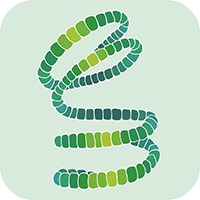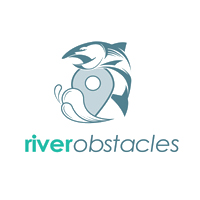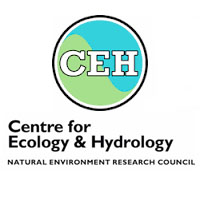 |
The Asian hornet is a predator of various invertebrates including pollinator insects and is identified as a high-risk non-native species due to its threat to native biodiversity.
|
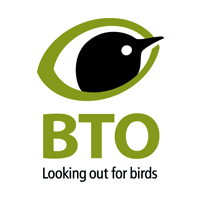 |
The BirdTrack app allows users to collect casual records on their mobile phone. Bird records can be collected, verified and then uploaded when convenient. GPS integration makes it even easier to record sightings and a helpful local hotspot viewer make this a must-have app for any birdwatcher in the UK and Ireland.
|
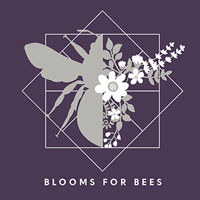 |
A citizen science project to promote and improve gardening for bumblebees. Download the app and visit the website to explore which bumblebee species visit gardens and allotments, and discover which flowers are bumblebee favourites.
|
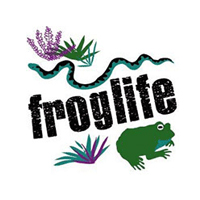 |
Identify adult reptiles and amphibians as well as their eggs, larvae and calls. Simple questionnaires, illustrations and photographs will help you identify animals, and you can compare photographs of different species to make sure you've identified the animal correctly. Report a sighting. Submit your records quickly and easily using the recording form. Use your phone's GPS function to determine your location or manually input your location.
|
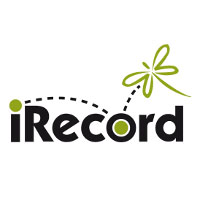 |
Butterflies are in trouble. A third of UK species are threatened and three-quarters are in decline. Butterfly recording is the foundation for protecting these beautiful creatures. The iRecord Butterflies app helps you to identify the butterflies that you see, but also uses your sightings to help save butterflies.
Sightings will be stored within the “iRecord” website and passed onto the “Butterflies for the New Millennium” national recording scheme run by the charity Butterfly Conservation, with support from the Biological Records Centre. This long-running scheme has gathered millions of butterfly sightings that provide vital information about how the fortunes of butterflies have changed over the decades. Your sightings will be used to understand the causes of decline and to inform conservation work on the ground to help threatened species.
Scientists could not do this work without the help of people across the UK, like you, reporting when and where they find a species. Thank you for using iRecord Butterflies to help us protect these wonderful insects.
|
 |
Helps you identify the grasshoppers, crickets, earwigs, cockroaches and stick-insects that you see or hear, and lets you record sightings to support their study and conservation.
|
 |
iRecord app, enabling users to get involved with the biological recording of all UK species. Now you can record all the wildlife you see and contribute to scientific research and conservation.
|
 |
To help farmers, agronomists and conservationists to identify and record the UK’s most threatened plant species. The rare arable flowers app also provides practical advice on the best way to manage land for these species.
|
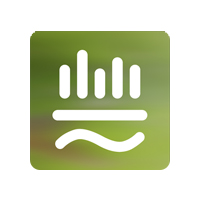 |
The Saltmarsh app is an easy to use tool for identifying common saltmarsh plants, birds and invertebrates. The app also provides lots of useful information on the ecology and importance of saltmarshes and the benefits they provide to humans. Users can use the app to complete a vegetation survey of their saltmarsh and make an assessment of the carbon stored in their marsh by completing a simple vegetation and soil assessment. The data collected is used to provide researchers with a better understanding of the value of saltmarshes.
|
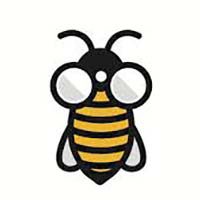 |
Help us with our research by identifying the bee or plant species when you record your sighting. Take a look through our visual guide - don’t worry if you’re not sure, we’ll double check!
|
 |
Nearly three years in the making, we're delighted to announce the launch of Where to Watch Birds in Scotland , the Club's free mobile app for Apple and Android devices.
For the first time ever, you can now download an app to discover the best places to birdwatch around Scotland and the bird species likely to be found at these sites. Some will be well known locations, others may be less familiar.
|












